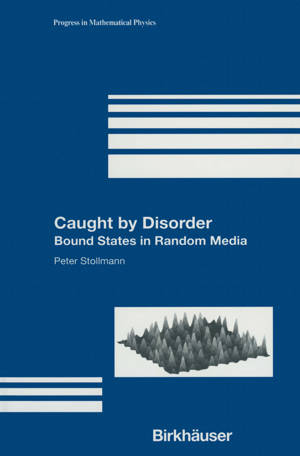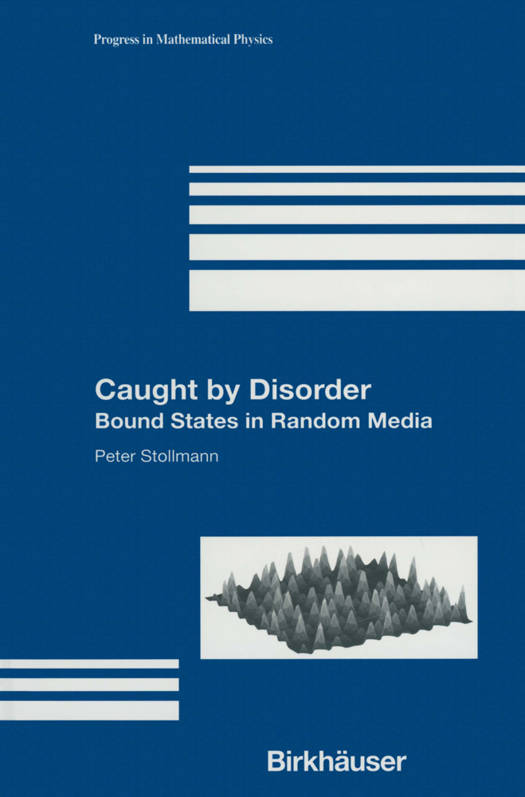
- Retrait gratuit dans votre magasin Club
- 7.000.000 titres dans notre catalogue
- Payer en toute sécurité
- Toujours un magasin près de chez vous
- Retrait gratuit dans votre magasin Club
- 7.000.0000 titres dans notre catalogue
- Payer en toute sécurité
- Toujours un magasin près de chez vous
Description
Disorder is one of the central topics in science today. Over the past 15 years various aspects of the effects of disorder have changed a number of paradigms in mathematics and physics. One such effect is a phenomenon called localization, which describes the very strange behavior of waves in random media. Instead of traveling through space as they do in ordered environments, localized waves stay in a confined region and are caught by disorder. This work is the first treatment of the subject in monograph or textbook form introducing readers to disorder in a hands-on way.
Spécifications
Parties prenantes
- Auteur(s) :
- Editeur:
Contenu
- Nombre de pages :
- 166
- Langue:
- Anglais
- Collection :
- Tome:
- n° 20
Caractéristiques
- EAN:
- 9781461266440
- Date de parution :
- 29-12-12
- Format:
- Livre broché
- Format numérique:
- Trade paperback (VS)
- Dimensions :
- 156 mm x 234 mm
- Poids :
- 272 g

Les avis
Nous publions uniquement les avis qui respectent les conditions requises. Consultez nos conditions pour les avis.






